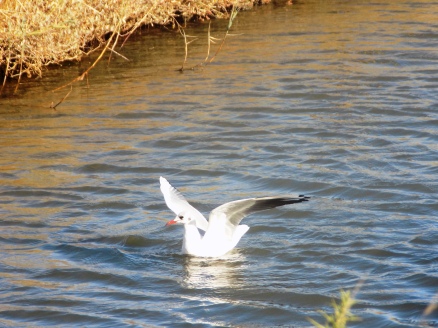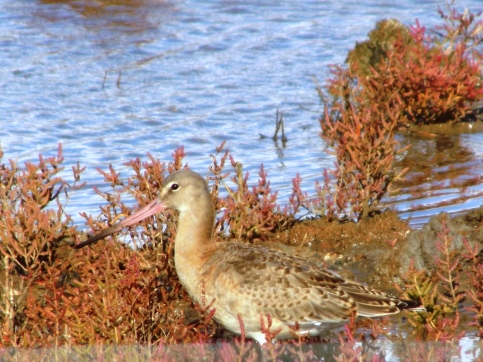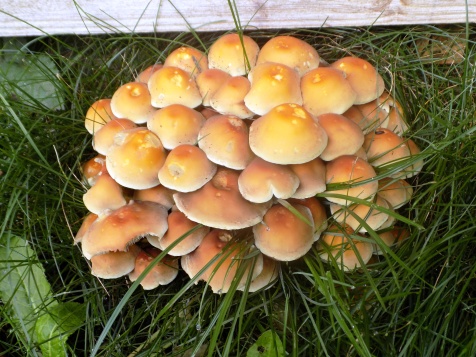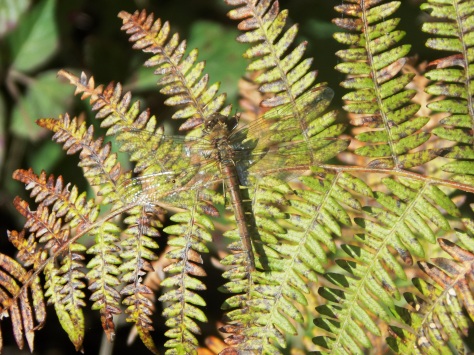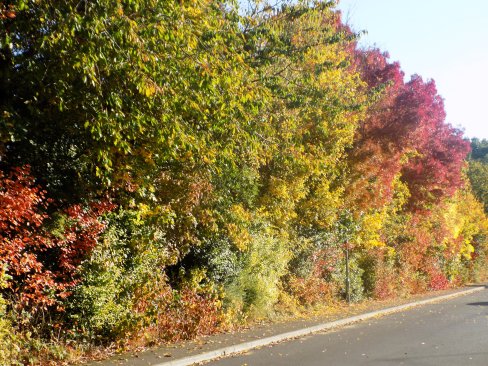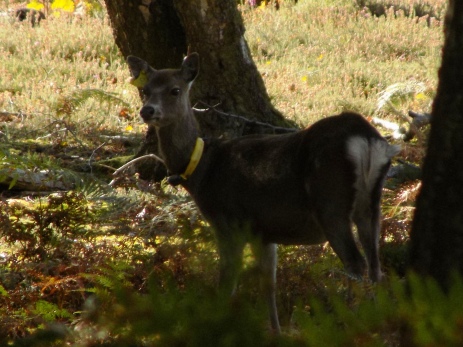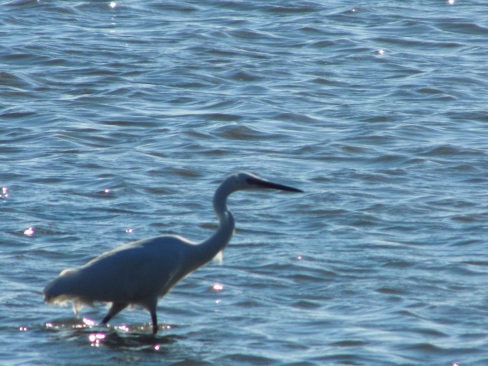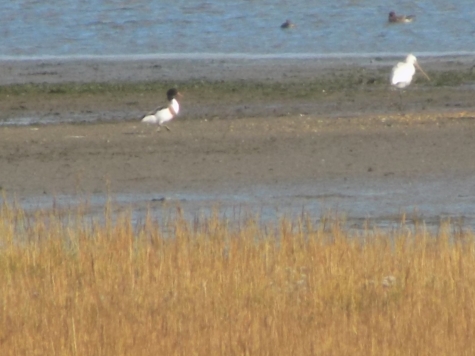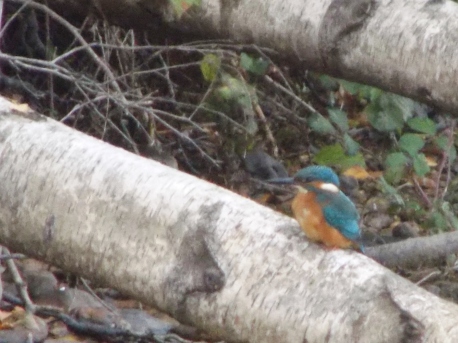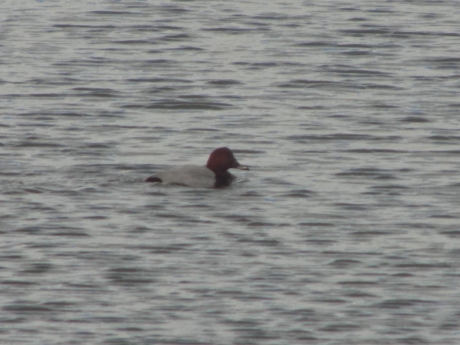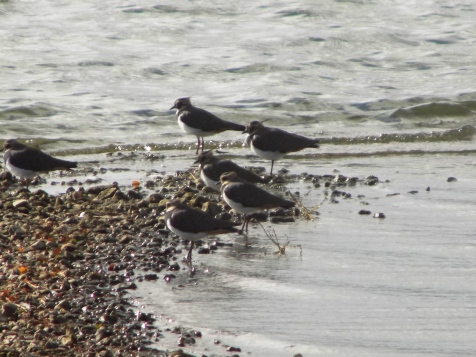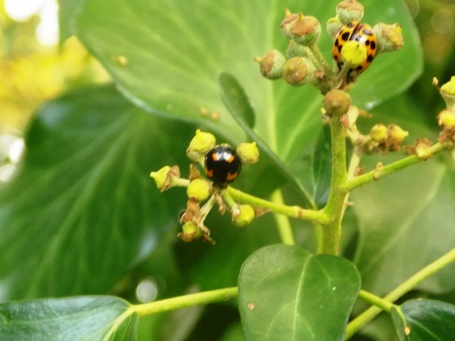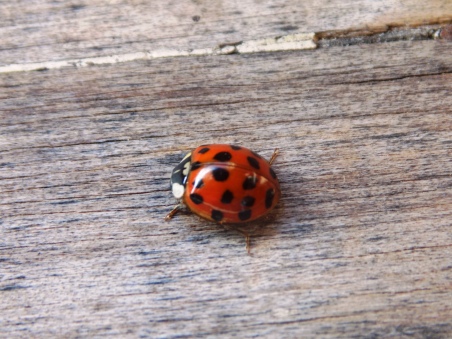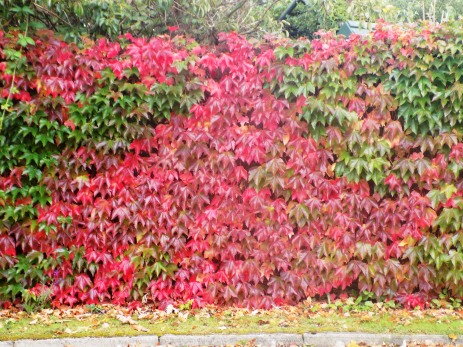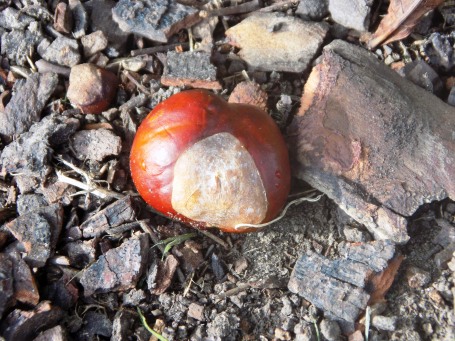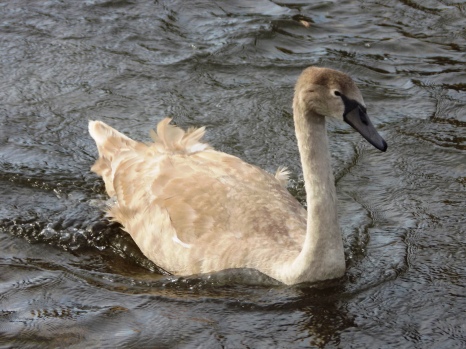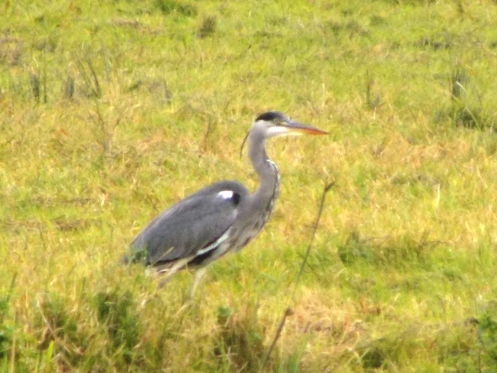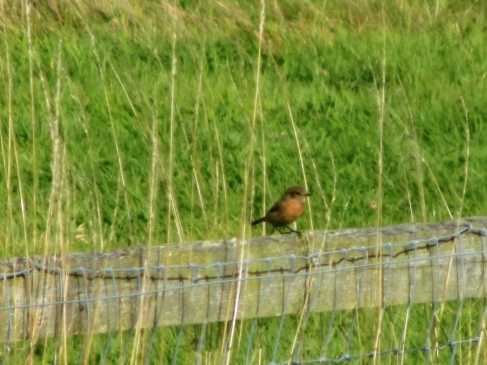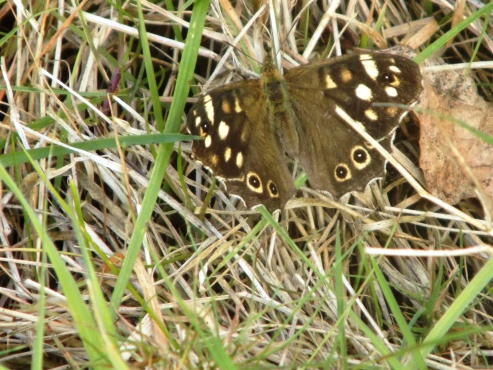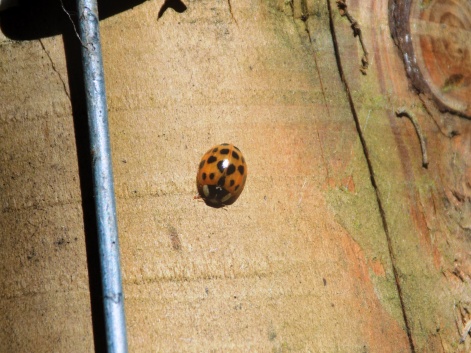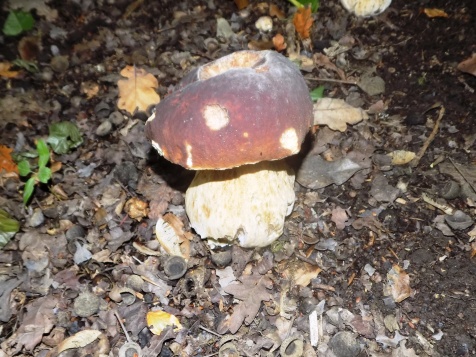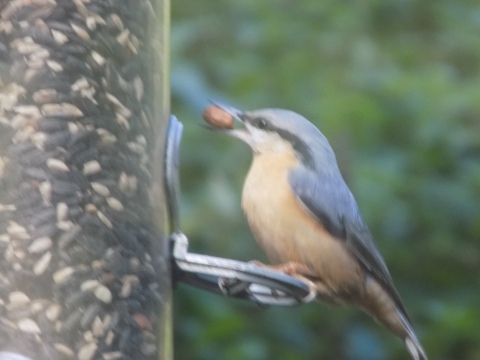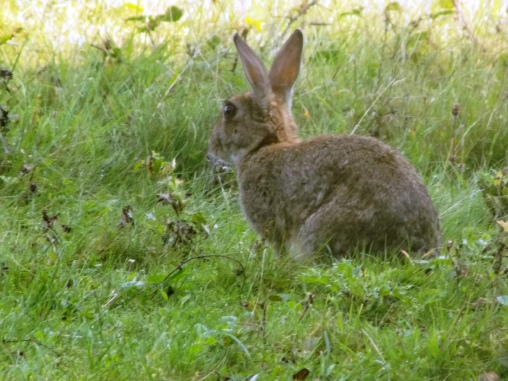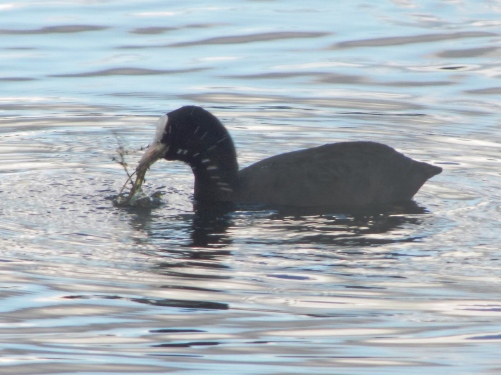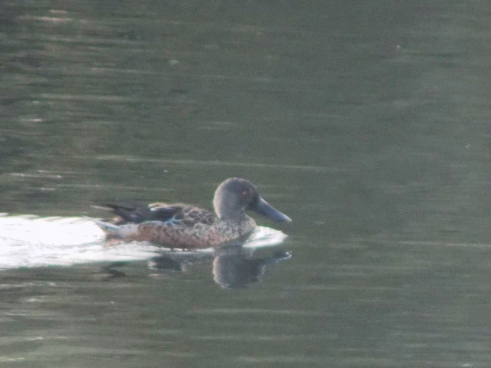Today I've got something of a migration special as I'm sharing various birds I've seen that may have migrated here in recent weeks.
First of all, it's a fantastic time of year for blackbirds as they can be seen (and heard) finding berries to eat.
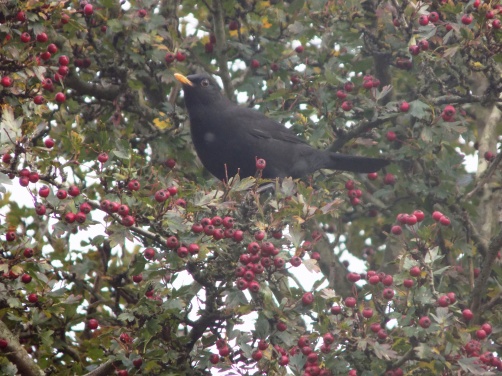
There suddenly seems to be more blackbirds around. I suppose this is partly due to the fact they are more visible as they feed but actually there are now more blackbirds than there were over the summer. Blackbirds are actually migratory birds and whilst many are resident to an area all year round some do migrate. They migrate from Scandinavia and more Northern parts of Britain so they can have a milder Winter. Living here in the South of England means this is the area where the blackbirds come to spend the Winter.
Another bird which is less well-known to be migratory is the cormorant. A growing number are arriving at Blashford Lakes, like this young individual.
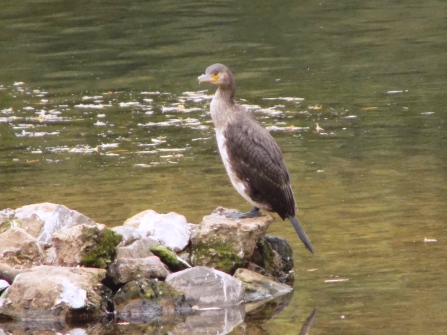
Like blackbirds many cormorants are resident here but some do migrate and arrive down South for the Winter.
Yet another partial migrant is the stonechat. I've seen lots of these throughout the summer in the New Forest which would suggest there's a fairly large resident population there.

I've also started to notice stonechats in lots of other places too. Whilst males are easy to identify the females are fairly plain and on several occasions now I've thought I've seen a more unusual bird but eventually realised it's another stonechat. I saw this one at Stanpit Marsh on Christchurch Harbour yesterday.
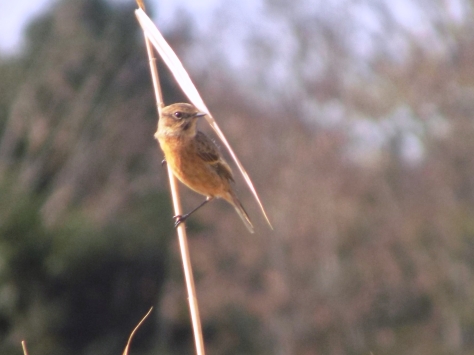
There are now lots of shovelers in the area and numbers have grown considerably over the last few weeks. I only seemed to see females to start with but have now seen a few gorgeous males.

There seems to be lots of redshank around at the moment too. Again, many redshank are resident but huge numbers come down from Iceland for the Winter. They look magnificent with their bright legs.

Another bird whose numbers have increased significantly are little egrets. When I went to Stanpit Marsh yesterday they were everywhere. There's a fair few resident these days anyway but many more have joined them for the Winter from the continent. I think you'd be unlucky to go to a stretch of water locally and not see at least one.
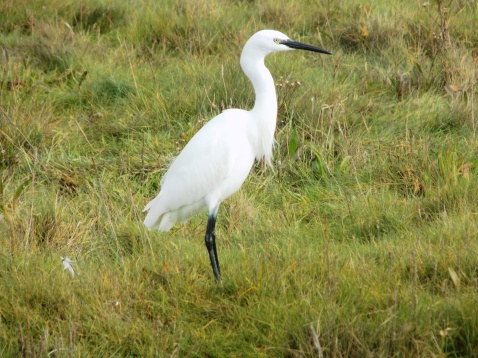
I think I've only ever seen one treecreeper before so I was really pleased to spot this individual on an oak tree by the River Avon today. Treecreepers do leave their breeding territories in Autumn which might explain where this one came from. I don't think there are usually many at all in the area.
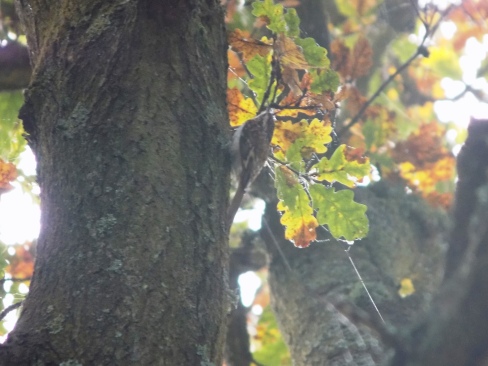
Obviously grey squirrels do not migrate but they are a lot more visible at this time of year. As Winter approaches they are seen much more often on the ground as they collect fallen nuts and acorns. I've realised just how huge the grey squirrel population must be, especially in parks around the Bournemouth area.
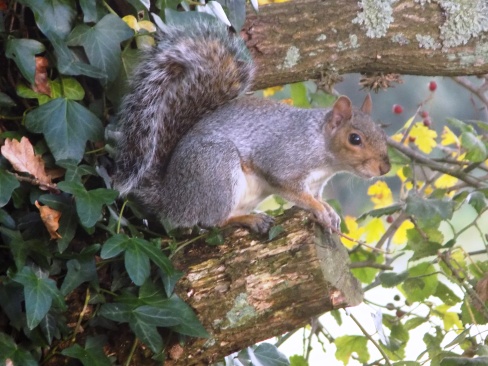
We'll end like we began with a member of the thrush family, this time the robin. Like blackbirds we consider robins resident birds as we see them all around but plenty do migrate South. Everywhere you look there are robins at the moment. They are a rare bird in that they sing all year round so everywhere I go I am hearing beautiful robin song at the moment.
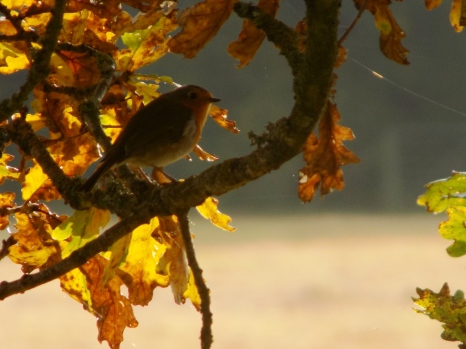
I've not seen any unusual migrants this year yet but there are some around- a waxwing was seen not far away last weekend. It's still amazing to see these tiny birds that may have travelled hundreds if not thousands of miles to enjoy the relatively mild winter we get round here.

